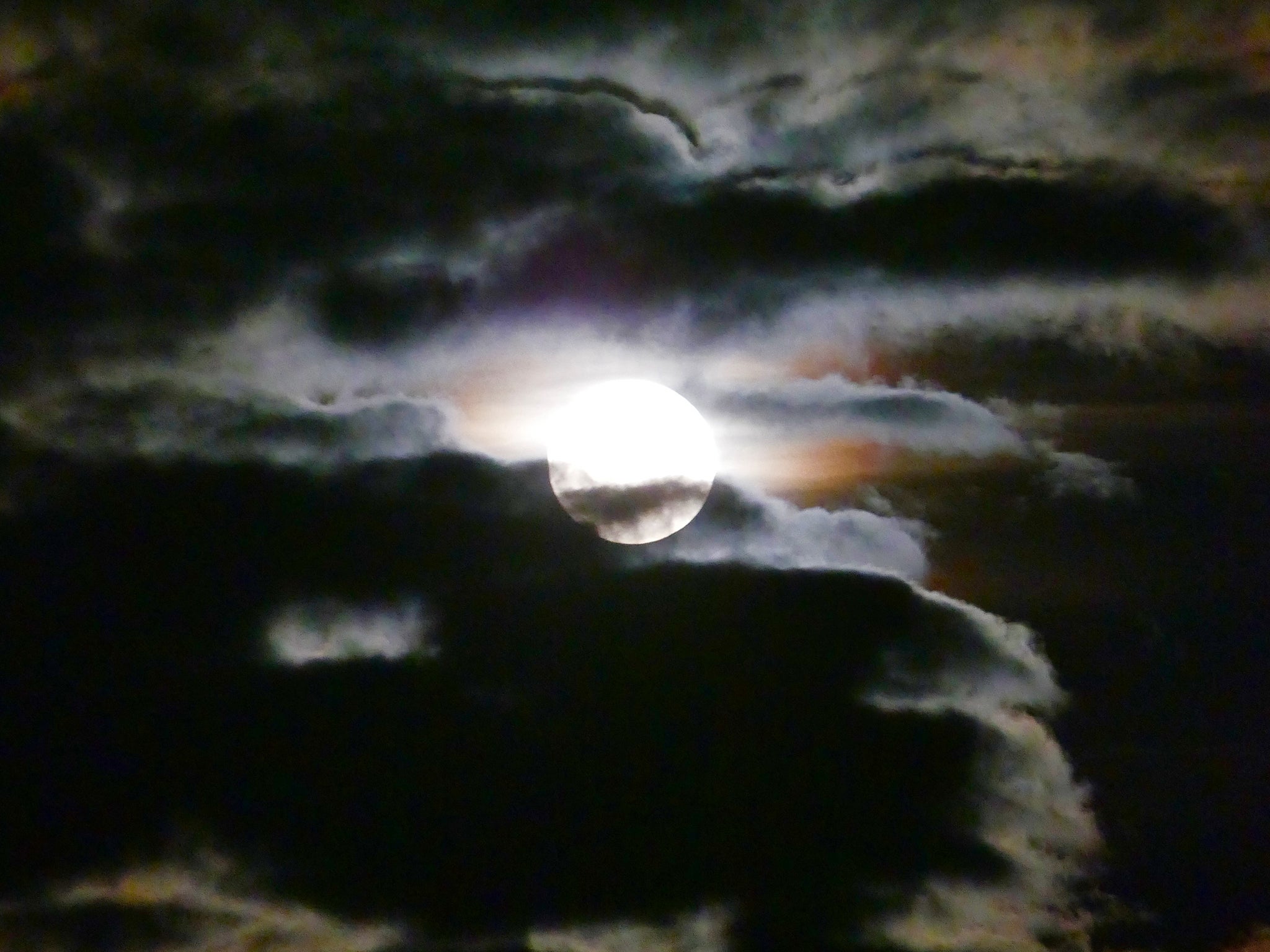Supermoon: New Year's Day ‘wolf moon’ will be first of 2018
The end of January will also see a 'blue moon' light the night sky

Skywatchers should prepare for a brilliant supermoon which is set to light up the sky on New Year's day.
The first full moon in January was known as a "wolf moon" by early Native American tribes, as wolves would howl outside their settlements. As a result some skywatchers have adopted the nickname for the latest supermoon, which is the second of a series of three supermoons, the first of which occurred on 3 December.
The final one will take place on 31 January, is known as a blue moon. Here we take a look at the astronomical phenomenon.
What is a supermoon?
A supermoon occurs when the moon becomes full on the same day it reaches its perigree - the point in the moon’s elliptical orbit when it is closest to Earth. As a result, the moon appears bigger and brighter in the sky.
This usually occurs every 13 months, according to Nasa. But the New Year’s Day supermoon will be followed by another several weeks later.
“The supermoons are a great opportunity for people to start looking at the moon, not just that once but every chance they have,” said Noah Petro, a research scientist from Nasa’s Goddard Space Flight Centre.
How can you see the supermoon?
It will occur on the night between 1 January and 2 January and will peak at around 2.24am GMT.
It is easier to see the difference between an ordinary full moon and a supermoon as it rises and sets and so is nearer to the horizon, than when it is higher in the sky.
Join our commenting forum
Join thought-provoking conversations, follow other Independent readers and see their replies
Comments